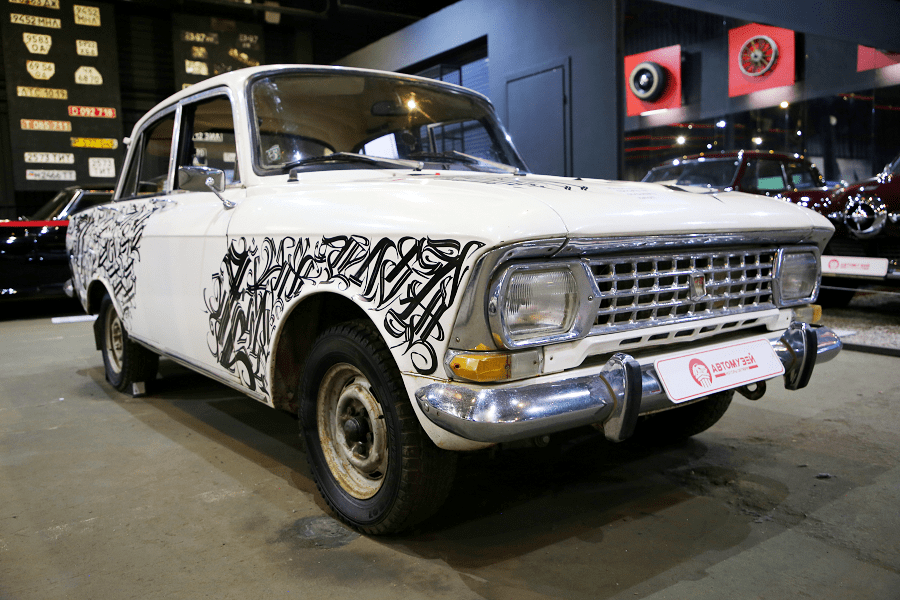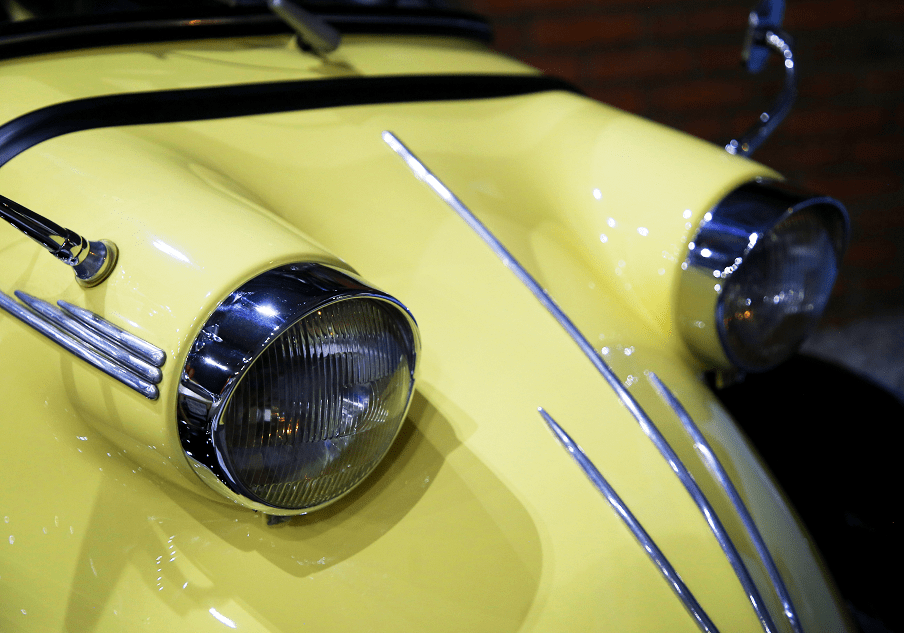Volvo 7900. Public transport Terrassa (Catalonia, Spain)
The Volvo 7900 is an integrally-constructed single-decker rigid bus and single-decker articulated bus, most commonly available as a hybrid electric bus named Volvo 7900 Hybrid or just Volvo 7900H, but is also available with both diesel and Compressed Natural Gas (CNG) engines in some markets. It is manufactured at Volvo’s plant in Poland. It was introduced at Busworld Kortrijk 2011. Based on the Volvo 7900 Hybrid an extension is offered, which i.a. includes a roof-mounted device for occasional loading at stops.
The manufacturer assumes that all buses at all end stations and also at some particularly busy stations stay a few minutes until the return or onward journey. As soon as a bus reaches an appropriately equipped stop, a loading unit attached to a pillar at the roadside lowers onto the coupling point mounted on the roof of the bus.
The charging process ends as soon as the bus wants to continue or the battery is full. According to the manufacturer, this equipment allows (in addition to the brake energy recuperation) compared to conventional hybrid buses significantly extending the travel time in electric mode and a reduction in fuel consumption. The vehicle and the charging system were first presented to the public in September 2014 at the International Motor Show.
Assembly: Wrocław (Poland)
Years of production: 2011—
Capacity: 40 to 68 seated
Length: 12 m
Width: 2.55 m
Height: 3.04 m
Engine: Volvo D13K (turbocharged)
Engine specs: 6 cylinders; 12800 cc
Power: 460 HP
Maximum speed: 100 km/h
Fuel consumption: 28 l/100 km
Weight: 15,500 kg













